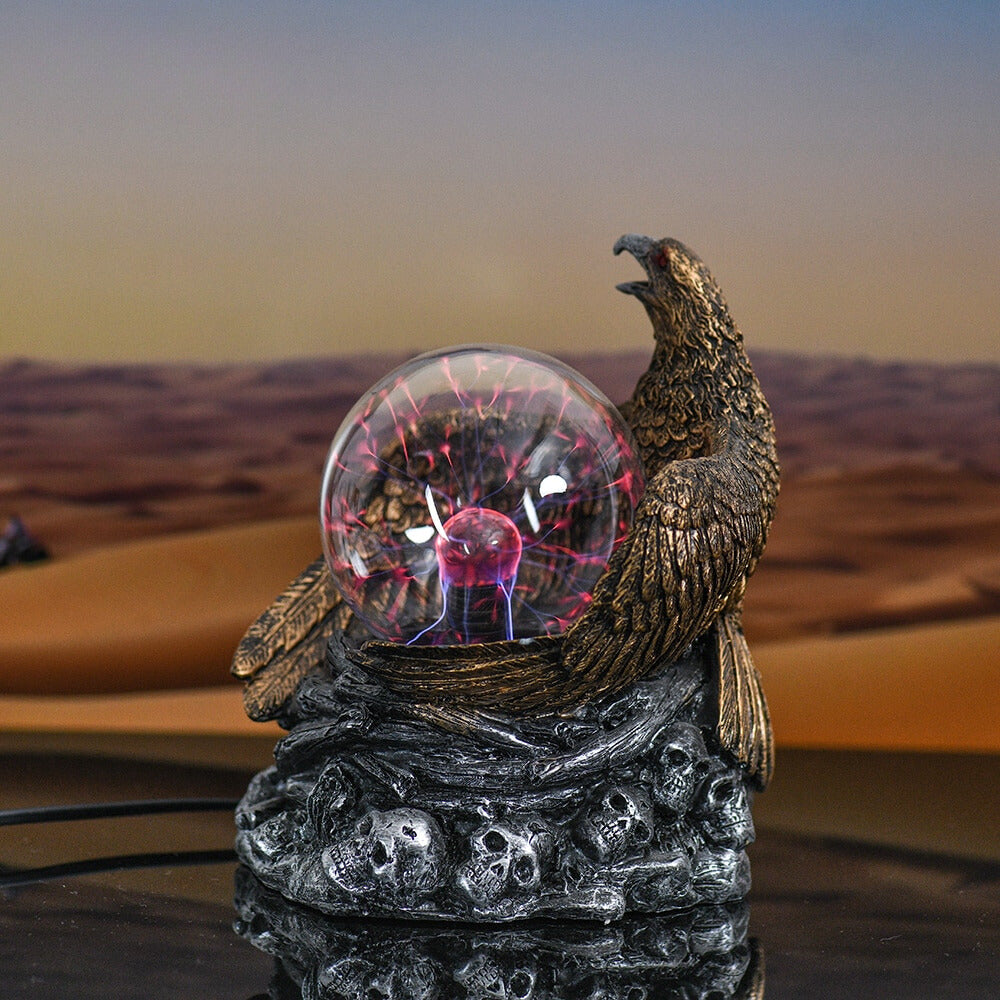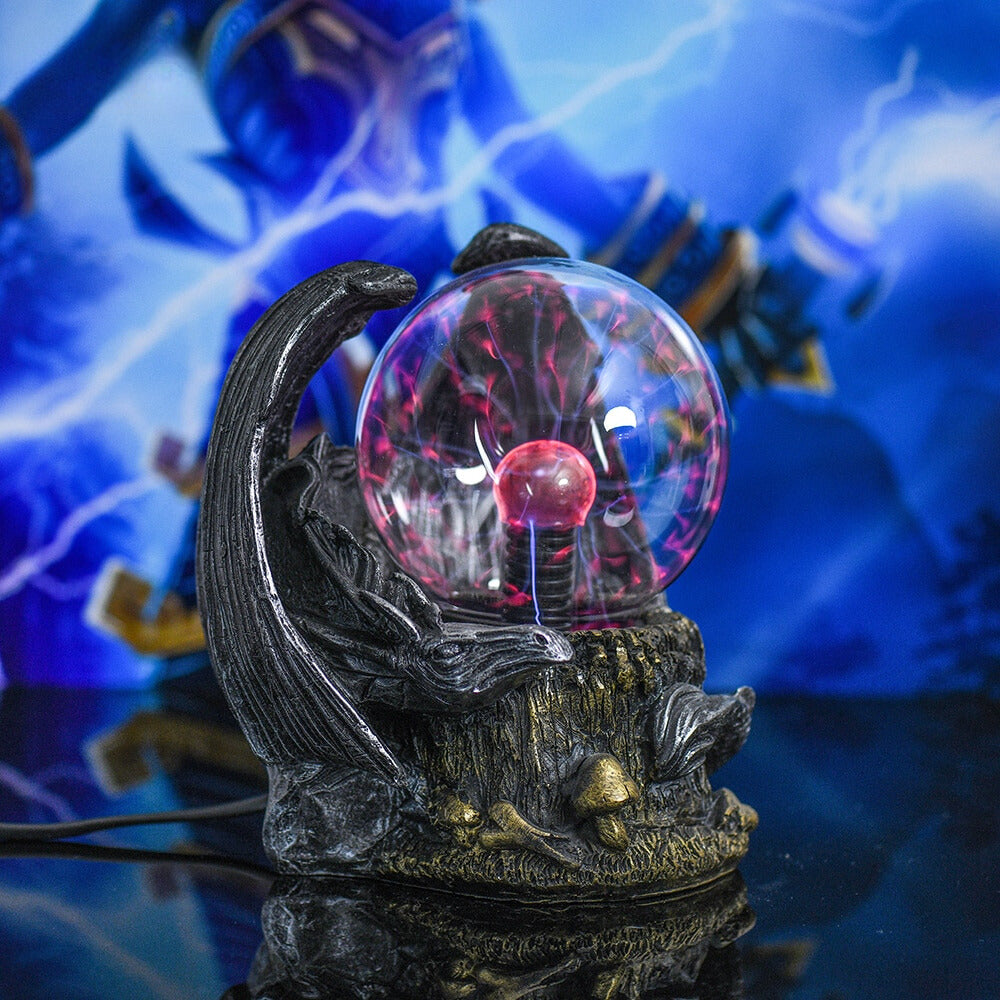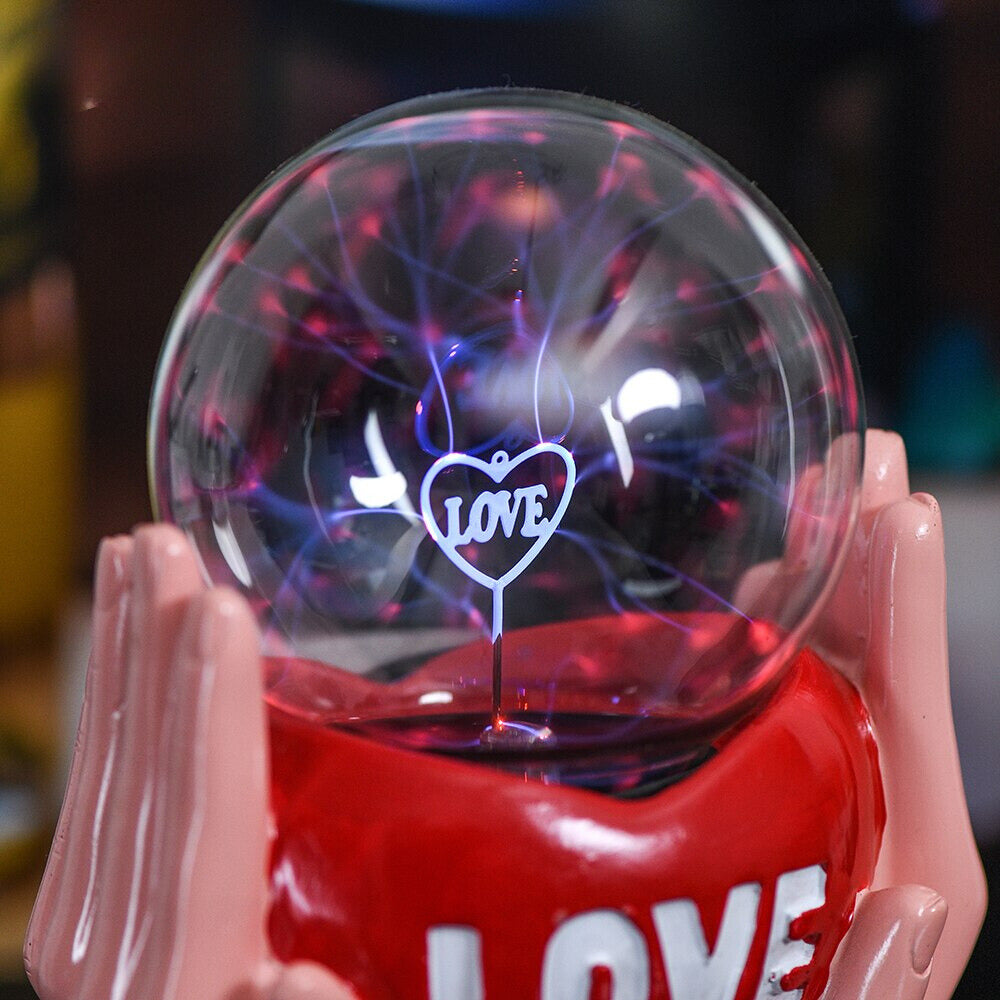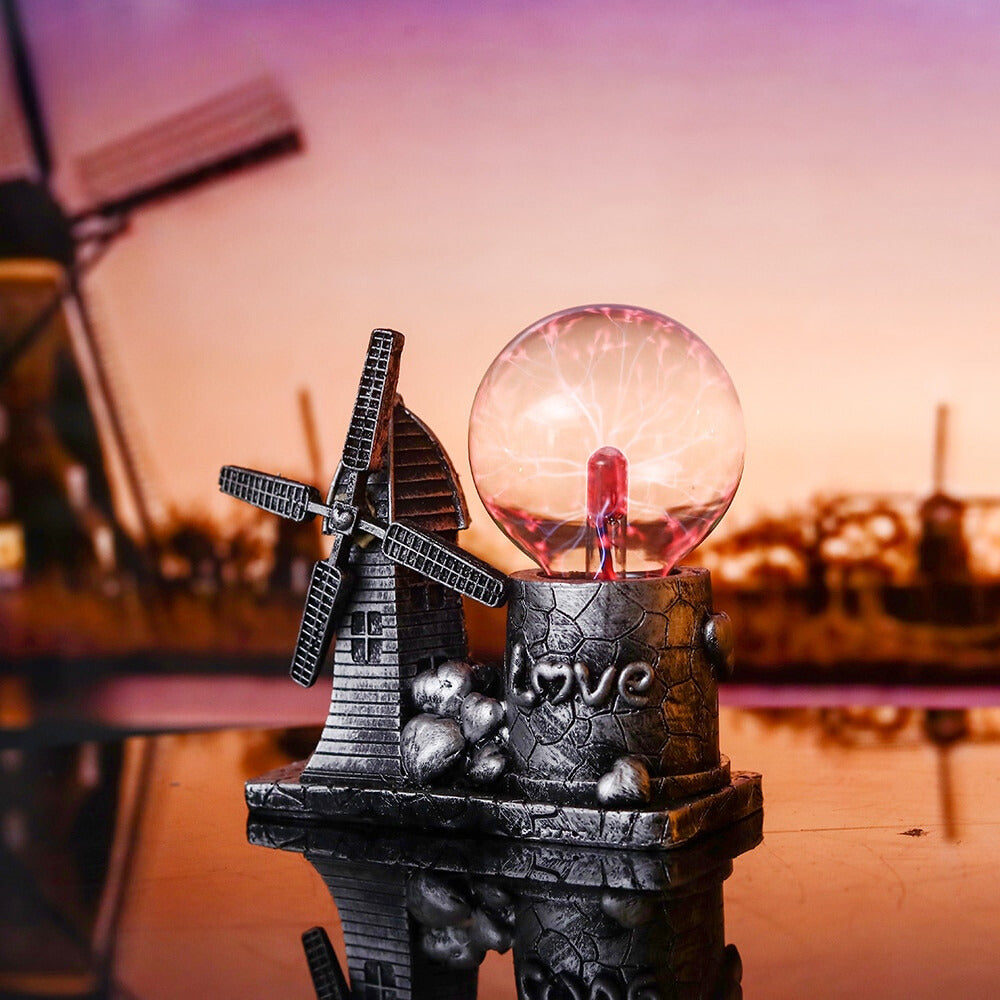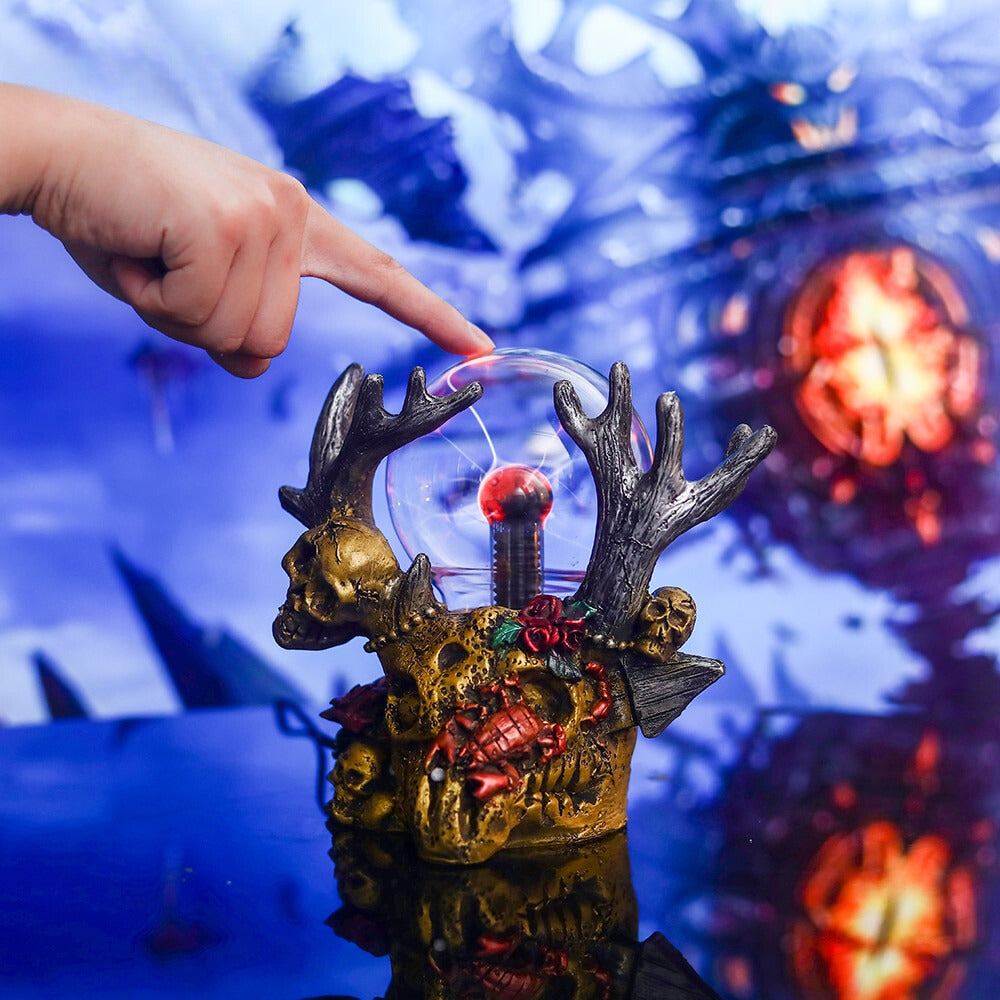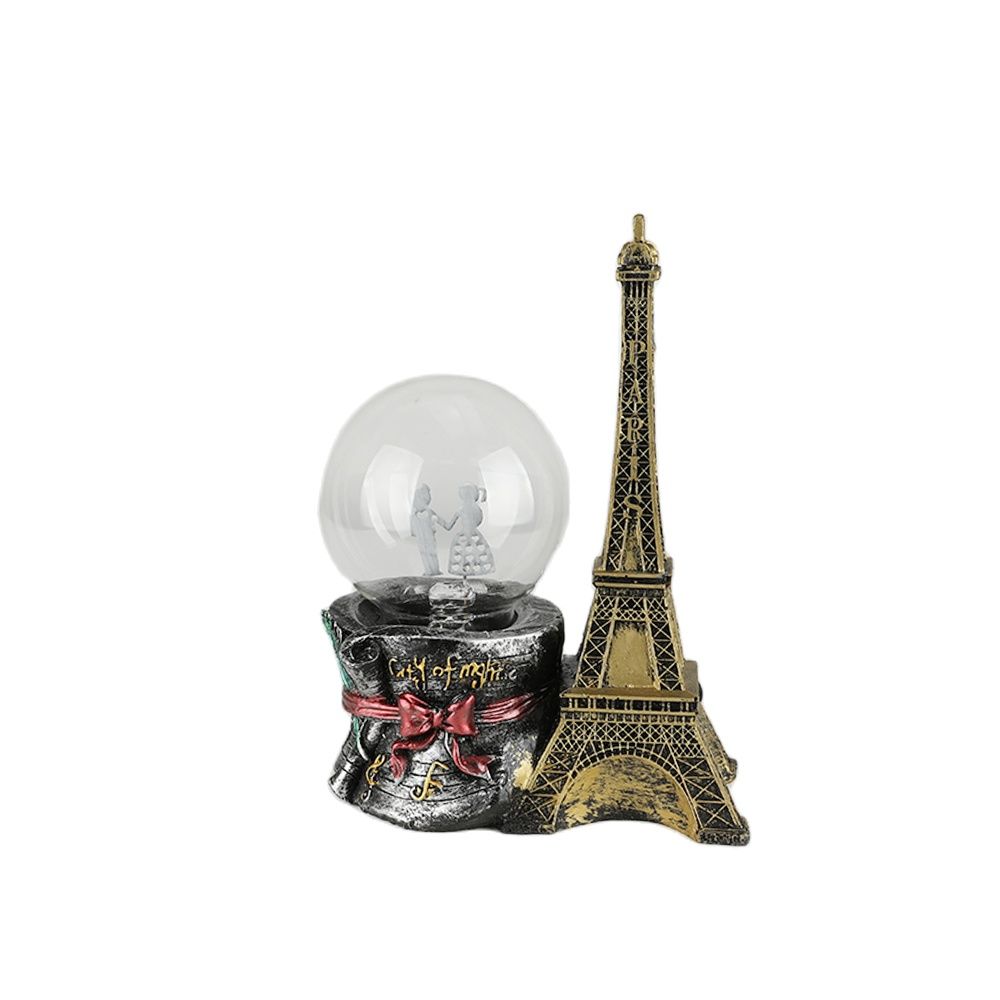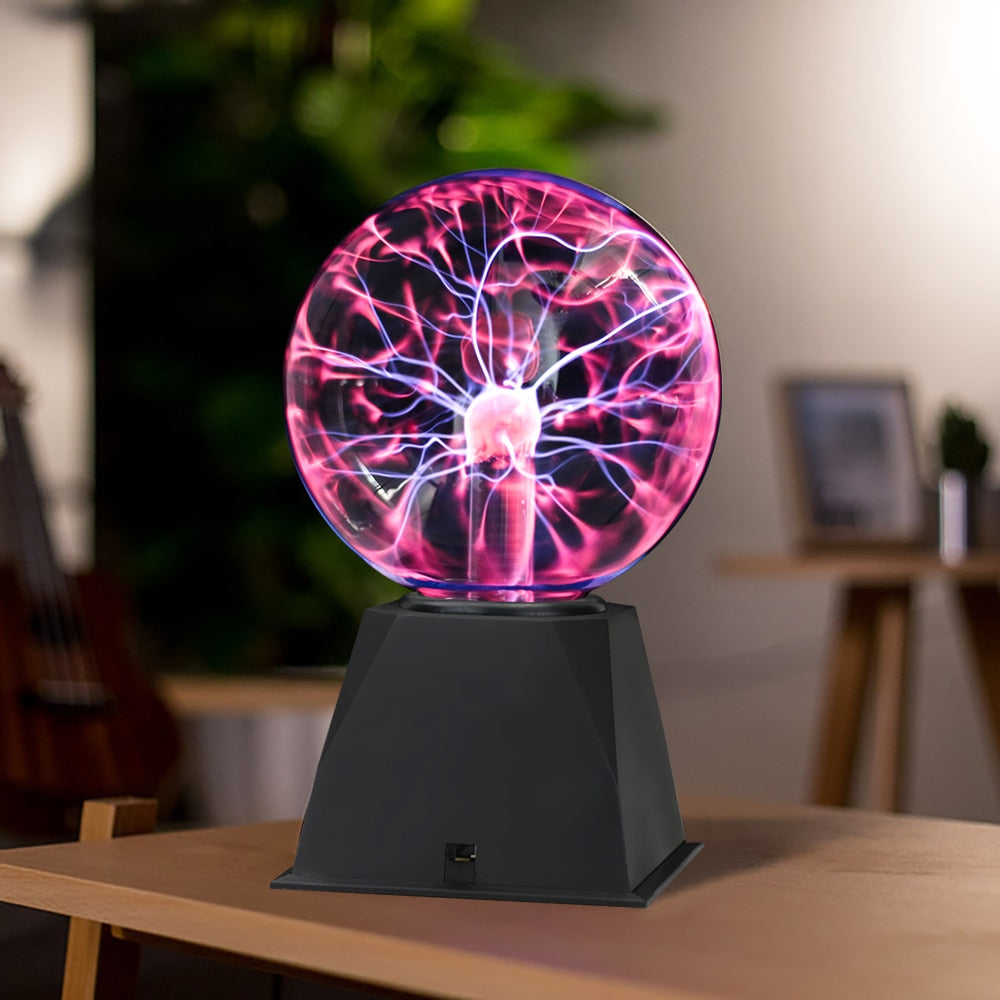If you've ever walked into a science classroom in middle or high school, chances are you've been intrigued by a strange object: a sphere filled with colored rays that seem to follow your fingertips. This fascinating object is none other than a plasma lamp, a captivating visual spectacle that hides an equally interesting science behind it.
How does a plasma lamp work?
A plasma lamp is more than just a science toy. It's a living demonstration of certain physical principles. The interior of the lamp is filled with a mixture of noble gases.
When an electrical voltage is applied, it creates an electric field through which charged particles, or ions, move. These ions excite gas atoms, which emit light as they return to their normal state. And there you have it, your own personal light show!
Types of Plasma Lamps
There are different types of plasma lamps, depending on their use and construction. The most common are spheres, but there are also plasma tubes and plasma plates.
Each type offers a different visual experience, but all use the same basic principle of exciting gases with charged particles.
Advantages and disadvantages of plasma lamp
Like any technology, plasma lamps have their pros and cons. Among the advantages are the visual spectacle they offer, their ability to serve as a science teaching tool, and the fact that they can be an interesting and unique light source.
However, they also have drawbacks. They consume more energy than traditional lamps, can become hot with prolonged use, and their lifespan can be shorter due to the degradation of the gases inside.
Uses of Plasma Lamps
Beyond their use as decorative objects or educational tools, plasma lamps have found their place in various fields. They are used in scientific research, for example, to study the behavior of plasmas.
They are also used in certain types of lighting, such as stage lighting for concerts, where their ability to create colorful and dynamic light is a major asset.














